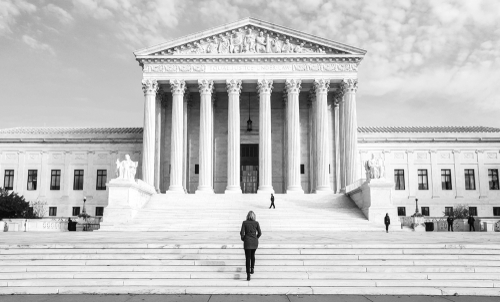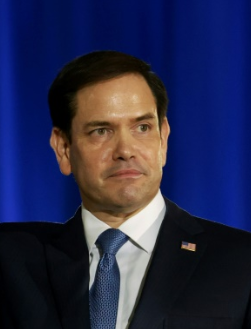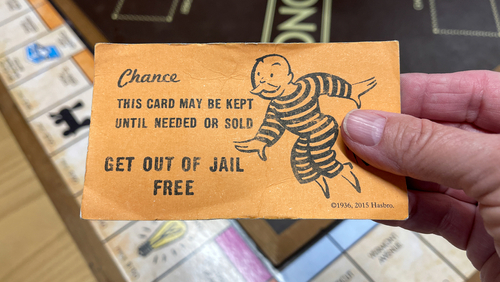There will be repercussions from the U.S. Supreme Court’s decision that rejected a GOP-led effort to change federal election rules through the “independent state legislature theory” (ISL). In Moore v. Harper, the Court voted 6-3 on Tuesday to reject the ISL theory, which claims that an election clause in the Constitution gives state legislature authority to control federal elections through gerrymandering electoral maps and passing laws that could harm voter rights.
This ISL legal theory argues that the Constitution of the United States delegates authority to regulate federal elections within a state to that state’s elected lawmakers without any checks and balances from state courts, governors, or any other bodies with legislative power, which would include independent commissions and even constitutional conventions. This theory has been interpreted from two clauses found in the Constitution – Article I, Section 4, Clause 1 (The Elections Clause) and Article II, Section 1, Clause 2.
Article I, Section 4: Clause 1 Elections
The Times, Places and Manner of holding Elections for Senators and Representatives, shall be prescribed in each State by the Legislature thereof; but the Congress may at any time by Law make or alter such Regulations, except as to the Places of chusing Senators.
A plain reading of this language would support that the state legislatures have discretion. However, it then states that Congress “may at any time” alter those regulations by passing legislation that would then need to be signed by the President.
Article II, Section 1, Clause 2: Presidential Electors Clause
Each State shall appoint, in such Manner as the Legislature thereof may direct, a Number of Electors, equal to the whole Number of Senators and Representatives to which the State may be entitled in the Congress: but no Senator or Representative, or Person holding an Office of Trust or Profit under the United States, shall be appointed an Elector.
The phrase “the Legislature thereof” in both the Electors Clause and the Elections Clause is interpreted under ISL to refer specifically to a state’s elected representative body, not other parts of the state government. The issue at hand in Moore v. Harper was filed after North Carolina’s Supreme Court struck down a congressional map drawn in the GOP-led state legislature over alleged gerrymandering. During oral arguments at the Supreme Court, it was presented that the state court violated the U.S. Constitution’s Elections Clause when it overturned the map citing the ISL theory that state legislatures have more authority than state courts and state constitutions regarding federal elections.
Since the Supreme Court rejected this ISL theory, the way the law is twisted can create problematic alternatives. Justices Clarence Thomas, Neil Gorsuch, and Samuel Alito dissented in this case. The majority wrote:
“Elections Clause does not vest exclusive and independent authority in state legislatures to set the rules regarding federal elections…[and] does not insulate state legislatures from the ordinary exercise of state judicial review.”
While the decision, on the surface, avoids giving partisan legislatures power to shape election laws, it can still present a REAL CONFLICT WITHIN THE SEPARATION OF POWERS. It effectively hands the sole decision in such matters to the federal courts, including the Supreme Court, to decide on election disputes. This may lead to even more disputes leading up to the 2024 presidential election.
JUSTICE THOMAS, with whom JUSTICE GORSUCH joins, and with whom JUSTICE ALITO joined in dissenting, makes a very important point.
As a corollary of that basic constitutional principle, the Court “is without power to decide
moot questions or to give advisory opinions which cannot affect the rights of the litigants in the case before it.” St.
Pierre v. United States, 319 U. S. 41, 42 (1943) (per curiam). To do so would be to violate “the oldest and most consistent
thread in the federal law of justiciability.” Flast v. Cohen, 392 U. S. 83, 96 (1968) (internal quotation marks omitted).
The opinion that the Court releases today breaks that thread. It “affirms” an interlocutory state-court judgment
that has since been overruled and supplanted by a final judgment resolving all claims in petitioners’ favor. The issue on which it opines—a federal defense to claims already
dismissed on other grounds—can no longer affect the judgment in this litigation in any way. As such, the question is
indisputably moot, and today’s majority opinion is plainly advisory. Because the writ of certiorari should be dismissed, I respectfully dissent.
I believe that the majority went out of its way to reject the ISL theory and decided to hear this case that truly did not warrant review. This was yet another overreach of Judicial Power, which seems to be what this was all about – expanding the Judicial Power. This may be highly problematic when the 2024 election takes place. Is the Court setting itself up for an election it knows will be problematic in and of itself?
In Marbury v. Madison, 5 U.S. 1 Cranch 137 137 (1803), it was the first time the Supreme Court struck down an Act of Congress as unconstitutional. This was the case that established the Judicial Power stating that it was emphatically the duty of the Judicial Department to say what the law is.
Article III, Section 2:
The judicial Power shall extend to all Cases, in Law and Equity, arising under this Constitution, the Laws of the United States, and Treaties made, or which shall be made, under their Authority;–to all Cases affecting Ambassadors, other public Ministers and Consuls;–to all Cases of admiralty and maritime Jurisdiction;–to Controversies to which the United States shall be a Party;–to Controversies between two or more States;– between a State and Citizens of another State;–between Citizens of different States;–between Citizens of the same State claiming Lands under Grants of different States, and between a State, or the Citizens thereof, and foreign States, Citizens or Subjects.
Since the case was no longer in a controversy, this is why the dissent of Justice Thomas was correct and it appears that the Court simply wanted to decide the ISL Theory.










